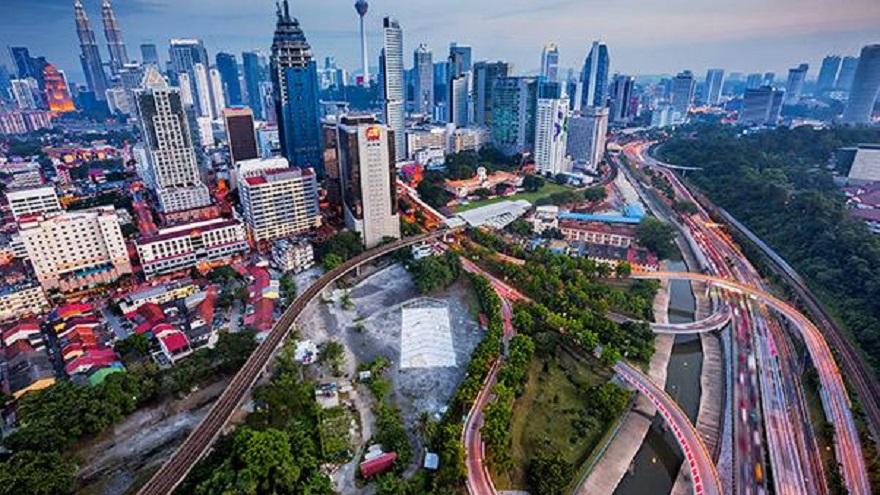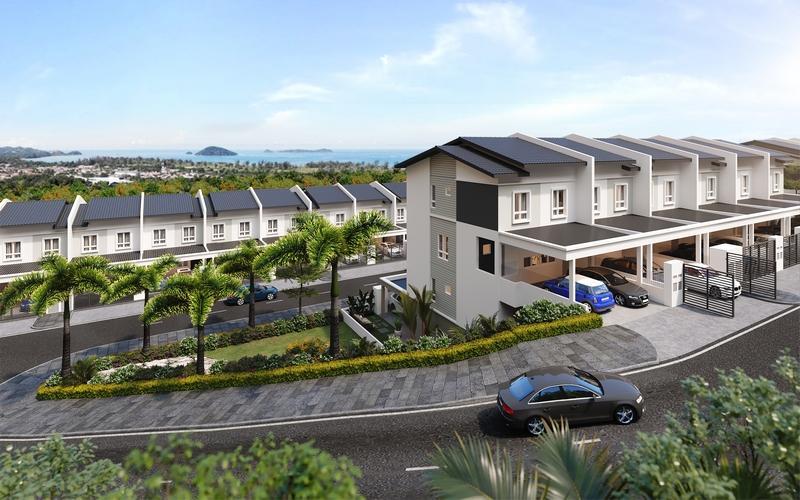The rapid multi-billion ringgit infrastructure developments in the country will provide a catalyst for domestic tourism, according to Maybank Kim Eng. The tourism industry had been rising in significance, contributing 14.9% to Malaysia's economy in 2017, compared with just 10.4% in 2005. Tourism value added grew at a compound annual growth rate of 11.2% from 2005 to 2017.
The brokerage pointed out that the East Coast Rail Line project, for example, would greatly improve the accessibility of east coast islands such as Redang and Perhentian.
It also said the construction of Resorts World Genting outdoor theme park, which was currently stalled, could be completed by end-2020 or 2021.
In its latest report titled "Blue Skies, But Keep Your Seatbelts Fastened" released on Tuesday, Maybank Kim Eng said major infrastructure developments such as the construction of the RM1.6 billion Kulim International Airport, which would primarily be a cargo hub, and the RM1.2 billion expansion of the Penang International Airport was expected to reinforce Penang island as a popular local tourist destination.
The brokerage believed Penang mainland was emerging as a major beneficiary, being located in the middle of major infrastructure developments.
Maybank Kim Eng pointed out that domestic tourism receipts were rapidly catching up to inbound tourism receipts against the backdrop of total visitor arrivals plateauing over the past five years due to fewer visitors from Singapore.
"Domestic tourism receipts ought to have already caught up with inbound tourism receipts in 2018," it said, noting that domestic tourism spending, catalysed by the ringgit's depreciation in 2015, had grown seven-fold since 2000.
On inbound tourism, Maybank Kim Eng said more people from China were expected to visit following the recent re-warming of bilateral ties.
"Malaysia is also emerging as a growing medical, retirement and education tourism destination," it said.
The tourism industry had been rising in significance, contributing 14.9% to Malaysia's economy in 2017, compared with just 10.4% in 2005, the brokerage said.
Tourism value added grew at a compound annual growth rate of 11.2% from 2005 to 2017.
It said the growth was contributed by retail trade (44.8% share in 2017), food and beverage serving services (16.3%), as well as accommodation (12.8%).
Maybank Kim Eng said employment in the industry had risen in tandem to 3.4 million people in 2017, from 1.5 million in 2005, contributing 23.2% of total employment in 2017, from 15% in 2005.
Most are employed in the retail trade industry (33.7%), as well as food and beverage serving services (32.3%).
.jpeg)

_PH_Banner_(Desktop)(1200x180px).png)




.jpg)
.jpg)
.png)

.jpeg)

